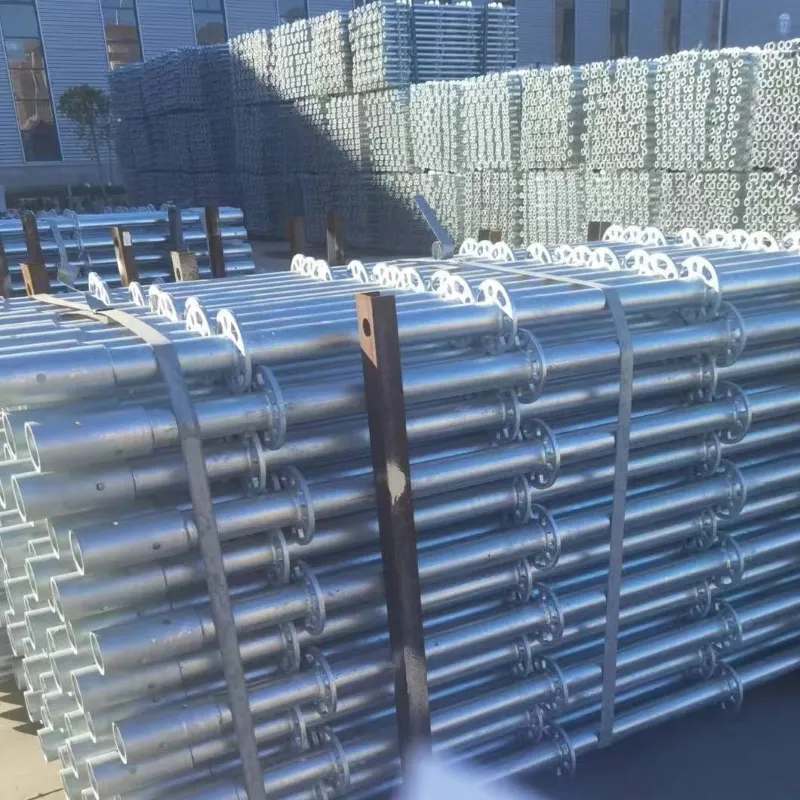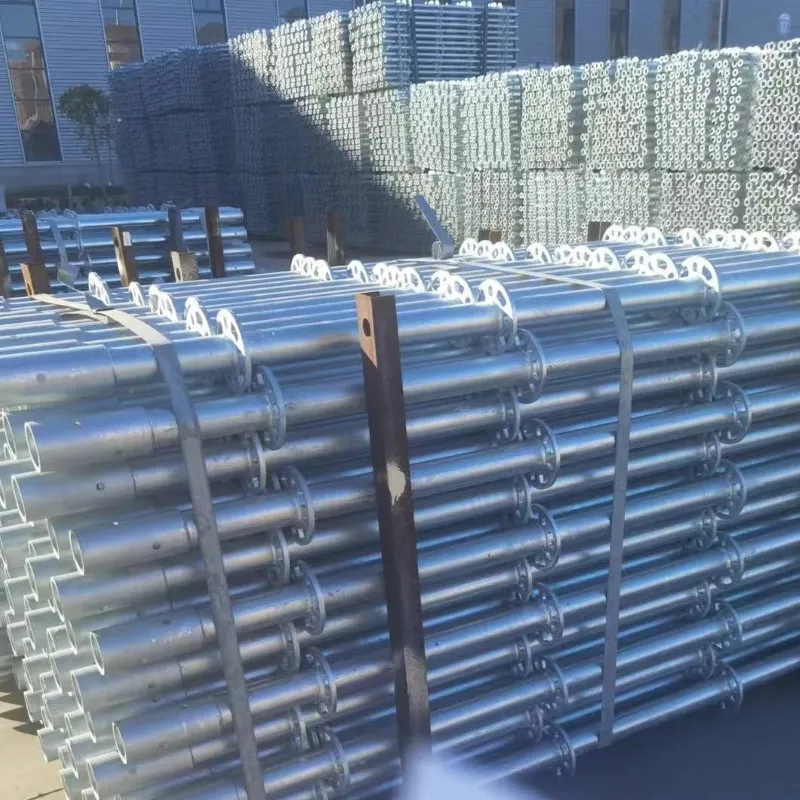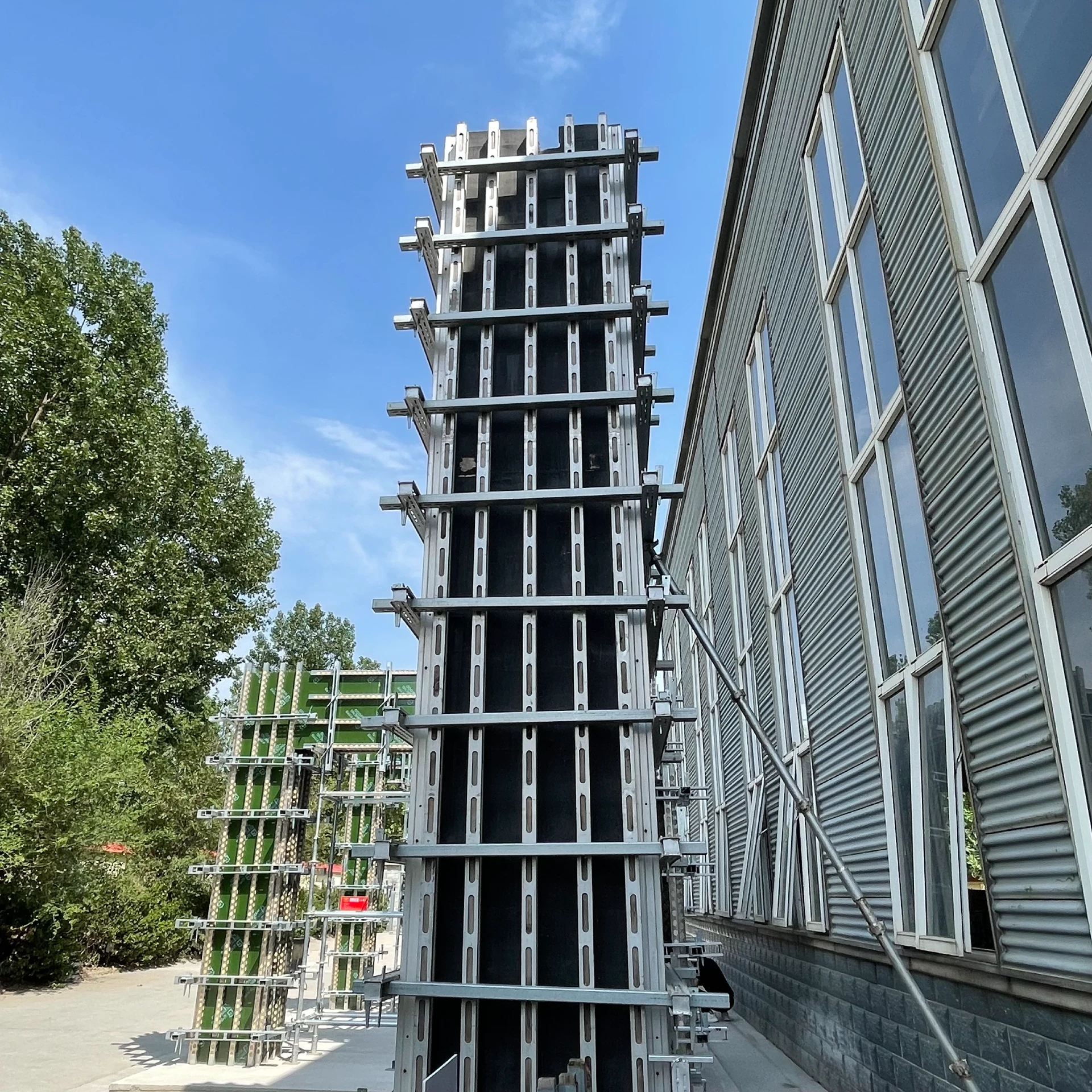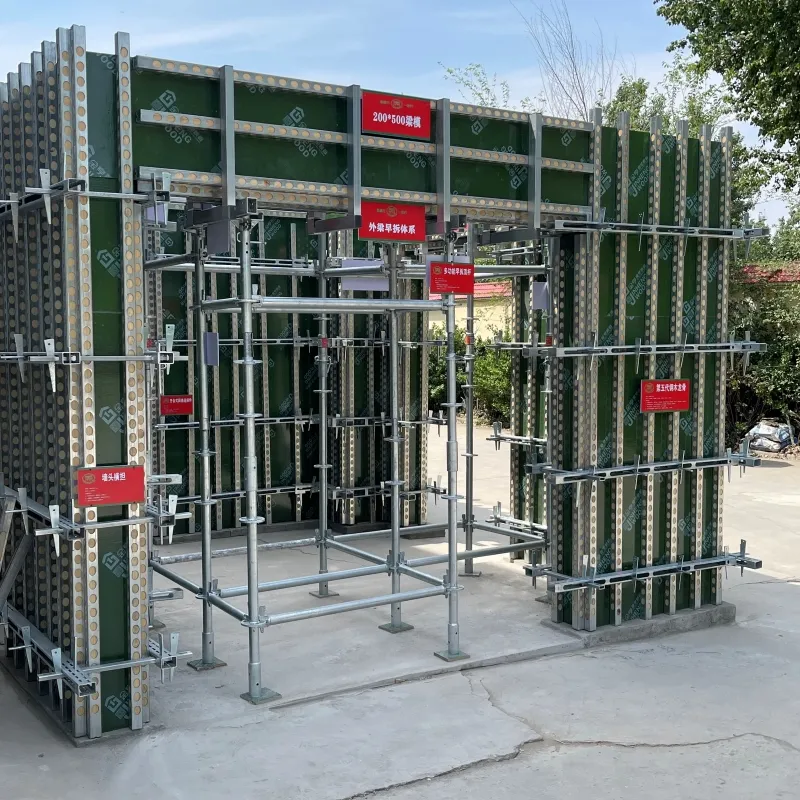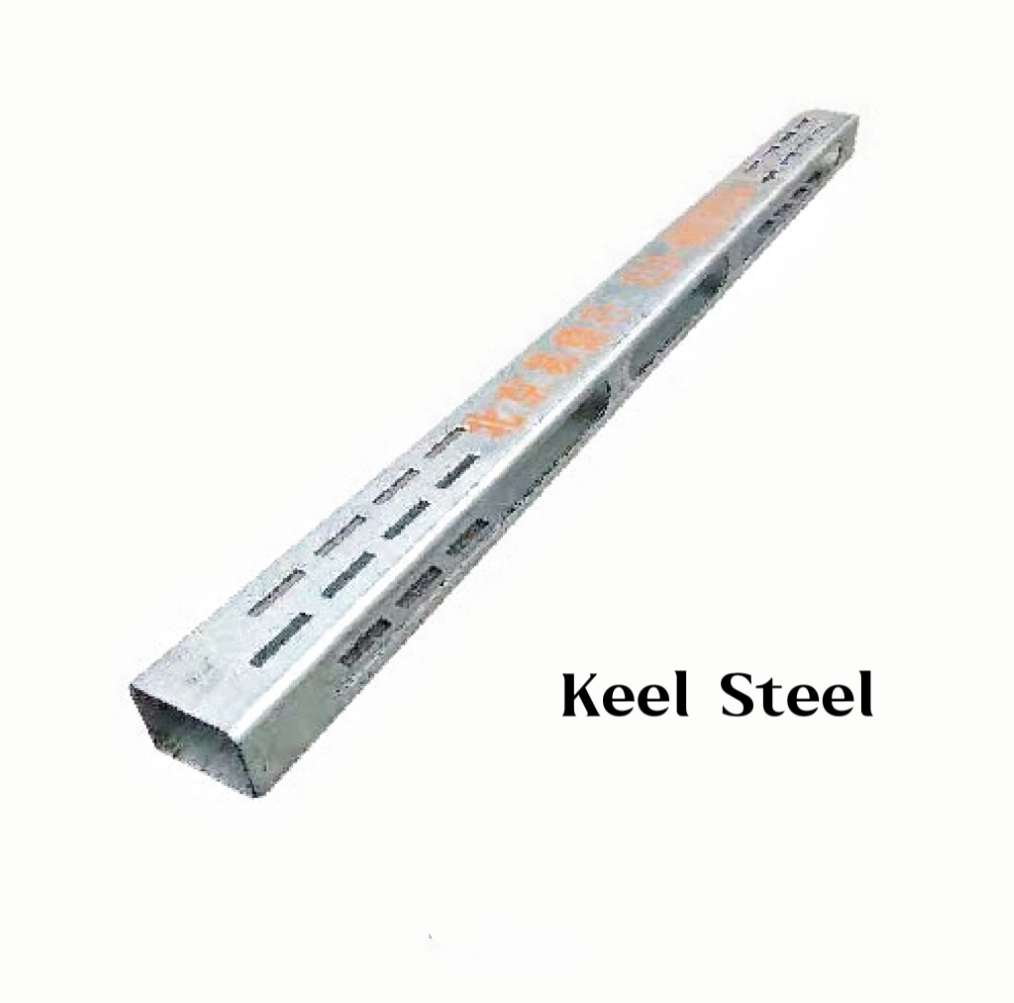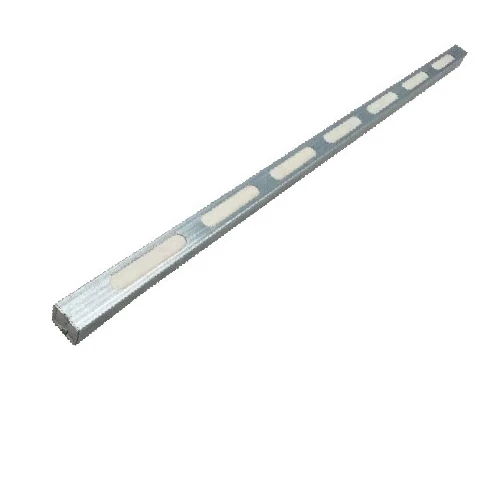
How to Select the Right Timber Steel for Structural Applications
The construction industry's growing emphasis on hybrid structures has made the selection of appropriate timber steel components a critical decision for builders and engineers. As wholesale suppliers to the construction sector, we understand the importance of specifying the right timber metal products that bridge the gap between traditional wood framing and modern steel construction. The integration of steel timber brackets into building designs represents a sophisticated engineering solution that combines the aesthetic warmth of wood with the structural reliability of steel. Our experience supplying these hybrid components has shown that proper material selection directly impacts project success, affecting everything from structural integrity to installation efficiency and long-term performance. The market offers numerous timber steel options, each with distinct properties that make them suitable for different applications, environmental conditions, and load requirements. Understanding these variables is essential for bulk purchasers who need to ensure their projects meet both performance expectations and regulatory standards while maintaining cost-effectiveness across large-scale developments.
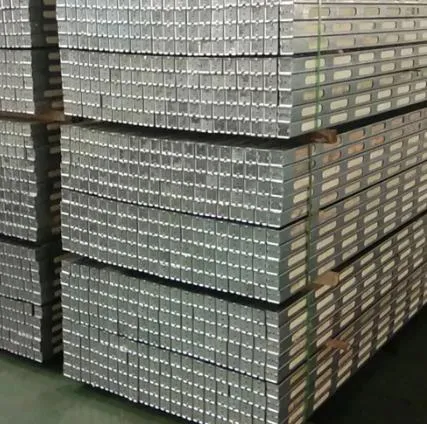
Understanding Material Properties of timber steel Components
The fundamental step in selecting appropriate timber steel products involves a thorough understanding of their material characteristics and performance capabilities. High-quality timber steel combines carefully formulated steel alloys with surface treatments specifically engineered for compatibility with wood substrates. The corrosion resistance of timber metal products deserves particular attention, as galvanic reactions between dissimilar materials can compromise long-term durability in humid or coastal environments. The thermal expansion coefficients of steel timber brackets must be compatible with the wood members they connect to prevent stress buildup during temperature fluctuations. From a wholesale perspective, we emphasize the importance of sourcing timber steel products from manufacturers that provide comprehensive material certifications and testing reports, ensuring consistent quality across large orders. The structural performance of timber metal connectors depends heavily on their yield strength and ductility characteristics, which should be matched to the specific load requirements of each application. These material considerations become even more critical when specifying steel timber brackets for seismic zones or areas with extreme weather conditions, where the hybrid connection systems must accommodate dynamic loads without compromising structural integrity.
Application-Specific Selection of timber metal Products
The diverse range of applications for timber metal products demands careful consideration of project-specific requirements when making bulk purchasing decisions. Heavy timber construction typically requires robust timber steel connectors with higher load capacities and larger bearing surfaces to distribute forces properly across wood members. Light frame applications may utilize more economical timber metal solutions designed for faster installation while still meeting structural requirements. The selection of steel timber brackets varies significantly between concealed applications where aesthetics dominate and exposed installations where architectural appearance matters. For projects incorporating mass timber elements like cross-laminated timber panels, specialized timber steel connectors with enhanced stiffness characteristics help maintain dimensional stability under sustained loads. Environmental factors also influence timber metal selection, with coastal or high-humidity locations necessitating more corrosion-resistant coatings or stainless steel formulations. The growing popularity of prefabricated timber systems has led to the development of innovative steel timber brackets designed for rapid assembly and precise alignment during modular construction. These application-specific considerations underscore why wholesale purchasers benefit from technical consultation when specifying large quantities of timber steel products, ensuring the selected solutions align perfectly with project requirements and performance expectations.
Engineering Considerations for steel timber brackets Systems
The engineering behind effective steel timber brackets systems involves complex load transfer mechanisms that demand careful evaluation during product selection. High-performance steel timber brackets are engineered to facilitate proper force transmission between timber members while accommodating the unique characteristics of wood as a structural material. The connection geometry of quality timber steel products accounts for wood's anisotropic nature, providing adequate bearing length to prevent crushing parallel to the grain. Withdrawal resistance becomes a critical factor when specifying timber metal fastening systems, requiring careful matching of connector design to the specific wood species being used. Modern steel timber brackets increasingly incorporate slotted hole patterns that allow for wood's natural moisture-related dimensional changes while maintaining structural integrity. From a wholesale supply perspective, we recognize the importance of providing comprehensive engineering data with timber steel shipments, including load tables and installation guidelines that help contractors achieve designed performance. The structural efficiency of timber metal connections often depends on proper fastener selection and placement, making it essential to supply compatible fastening systems alongside the primary steel timber brackets. These engineering considerations gain additional complexity in fire-rated assemblies, where timber steel components must maintain their load-bearing capacity for specified durations under elevated temperatures.
Corrosion Protection Strategies for timber steel Components
The long-term performance of timber steel products heavily depends on effective corrosion protection strategies tailored to project environments. Standard carbon steel timber metal components typically require hot-dip galvanizing or other protective coatings to resist oxidation when used with treated lumber or in humid conditions. The chemical compatibility between steel timber brackets and wood preservatives deserves special attention, as some fire retardants and preservative treatments can accelerate corrosion of unprotected metals. Marine environments or deicing salt exposure zones may necessitate stainless steel timber steel products or specialized coating systems that provide enhanced protection. The design of timber metal connectors should incorporate drainage features that prevent moisture accumulation at critical connection points. We recommend wholesale purchasers consider the complete lifecycle costs when evaluating steel timber brackets, as more robust corrosion protection often proves economical over the long term despite higher initial costs. The growing availability of weathering steel formulations for timber steel applications offers an alternative approach, developing a stable oxide patina that eliminates the need for additional coatings. These corrosion considerations become particularly important when specifying timber metal products for concealed applications where inspection and maintenance access may be limited throughout the structure's service life.
Timber Metal FAQs
What factors determine the load capacity of timber steel connectors?
Timber steel capacity depends on material thickness, connection geometry, and wood species characteristics.
How does moisture content affect steel timber brackets performance?
Steel timber brackets must accommodate wood movement from moisture changes to prevent stress buildup.
What coating options are available for corrosion-resistant timber metal?
Timber metal typically uses hot-dip galvanizing, zinc plating, or stainless steel formulations.
Can timber steel be used with all types of treated lumber?
Certain timber steel products require additional protection when used with corrosive wood treatments.
What documentation should accompany wholesale steel timber brackets orders?
Quality steel timber brackets shipments should include mill certificates and load rating documentation.
The selection of appropriate timber steel products represents a critical decision point in modern hybrid construction projects. From understanding material properties to evaluating application-specific requirements and engineering considerations, each factor contributes to the successful integration of timber metal components into structural systems. The growing sophistication of steel timber brackets designs reflects the construction industry's increasing adoption of engineered wood solutions that combine the best attributes of timber and steel. As wholesale suppliers, we recognize that providing comprehensive technical support alongside quality timber steel products helps our clients make informed purchasing decisions that align with their project requirements and performance expectations. The continued evolution of hybrid construction techniques ensures that timber metal products will play an increasingly important role in building design, offering solutions that meet both structural demands and sustainability objectives. For bulk purchasers, developing strong partnerships with knowledgeable suppliers remains the most effective strategy for navigating the complexities of steel timber brackets specification and ensuring successful project outcomes. The right timber steel solutions not only meet immediate construction needs but contribute to the long-term durability and performance of the built environment.
-
The Impact of Weather Conditions on Scaffold Platform PerformanceNewsAug.01,2025
-
The Fundamental Role of Steel Keel in Building StructuresNewsAug.01,2025
-
The Advantages of Aluminium Scaffolding for Sale in the Construction MarketNewsAug.01,2025
-
Supply Chain Optimization in Joist Reinforcement Plate ProductionNewsAug.01,2025
-
Material Grades and Their Significance in Column Rebar SelectionNewsAug.01,2025
-
The Importance of Reinforcement Bar in ConstructionNewsJul.11,2025
-
The Durability of Timber Steel FurnitureNewsJul.11,2025




